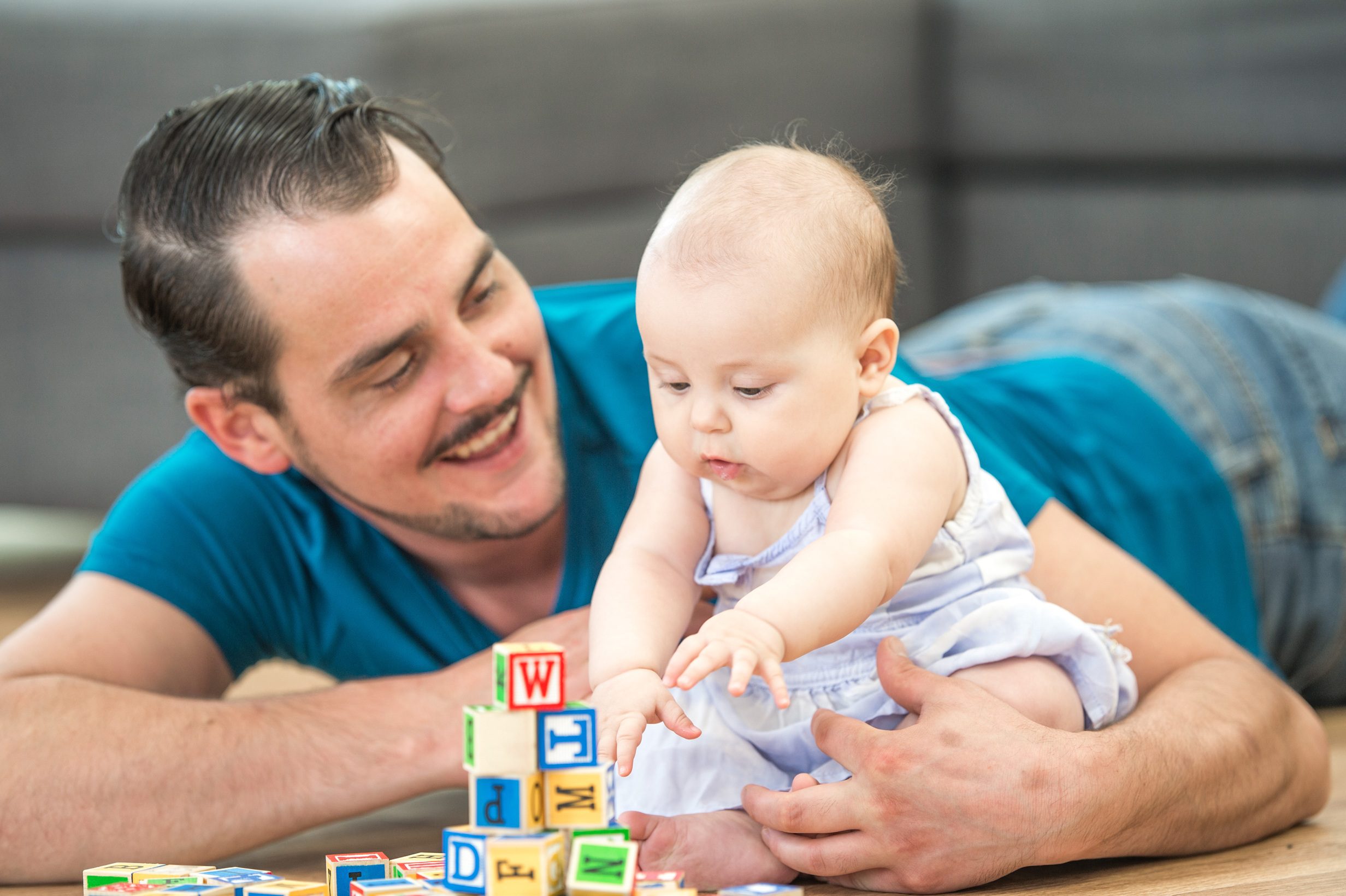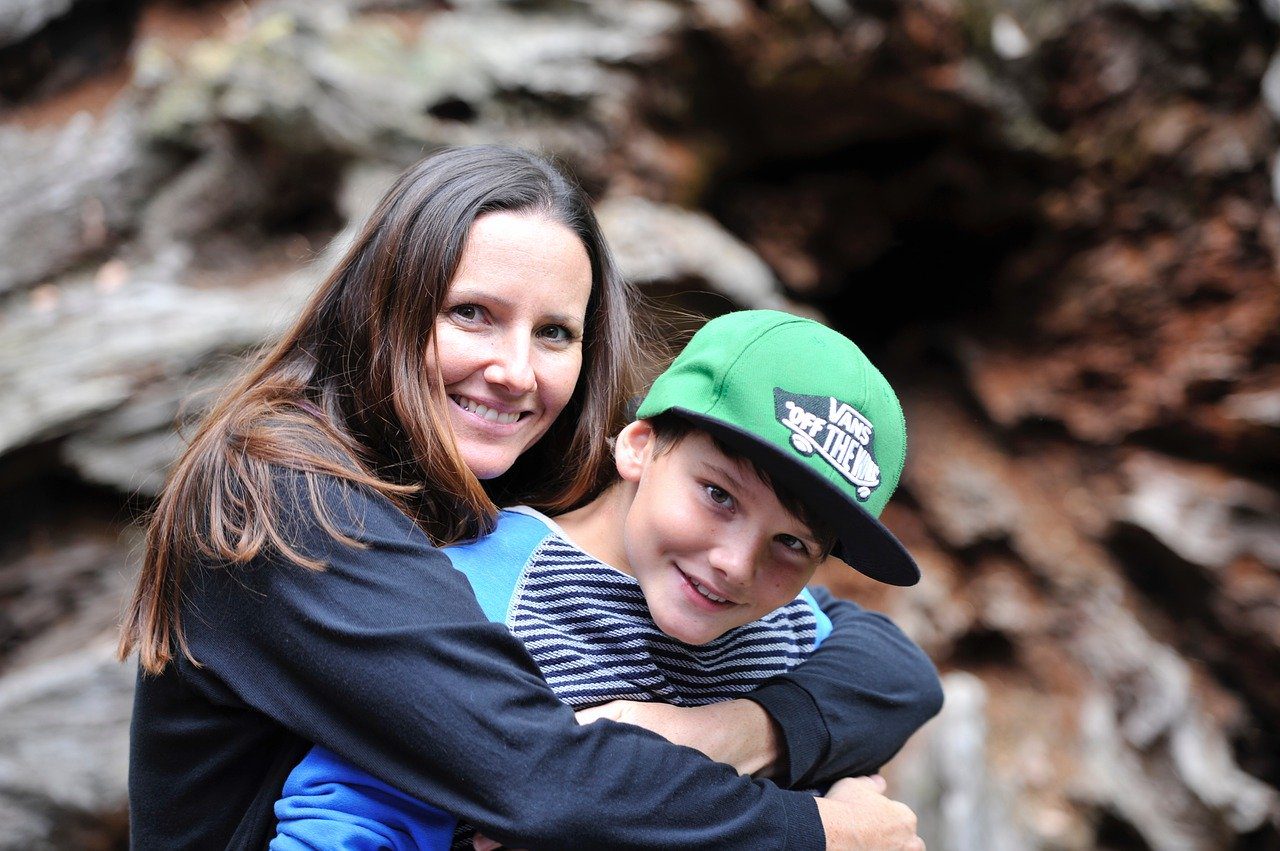NOTE TO SELF: Attachment Theory
Our early experiences shape so much of who we become. When you open your heart and home to a child who wasn’t born to you, one of the most helpful things you can do is learn a bit about Attachment Theory.

So, What is Attachment theory?
In simple terms, Attachment Theory is all about how we come to understand the world and ourselves based on how our earliest caregivers responded to us.
From birth, babies are wired to seek out relationships that make them feel safe and secure.
They show attachment behaviours – like crying, clinging or reaching out – especially when they feel scared or separated. These instincts are their way of staying close to the people they rely on most.
Attachment is like an early blueprint for life
It helps shape how we see the world, how we view ourselves, and how we connect with others.
Many children in care have had tough early experiences that can affect how they form attachments. These challenges can look different for each child, but understanding them starts with looking at their past — not just their behaviour.
Why does this matter?
When you learn about Attachment Theory, you can start to understand not only your child’s attachment style, but your own too. Our attachment style influences how we respond to others — often without us even realising it. It’s based on the sense we made of the world early on.

Here’s the good news: once we become aware of those responses, we get to choose. We can respond in a new way if we want to.
Awareness is powerful
The more we understand about attachment, the more we can see it playing out — in ourselves, in others, and especially in our children. What might look like “bad behaviour” often has roots in painful experiences. When we see through that lens, we can respond with empathy rather than frustration.
And over time, the way we respond can actually help a child learn new ways of responding too. It’s all about connection, patience, and consistency.
Want to learn more? Keep an eye on our training space — we’ll be offering more on Attachment Theory later this year.
